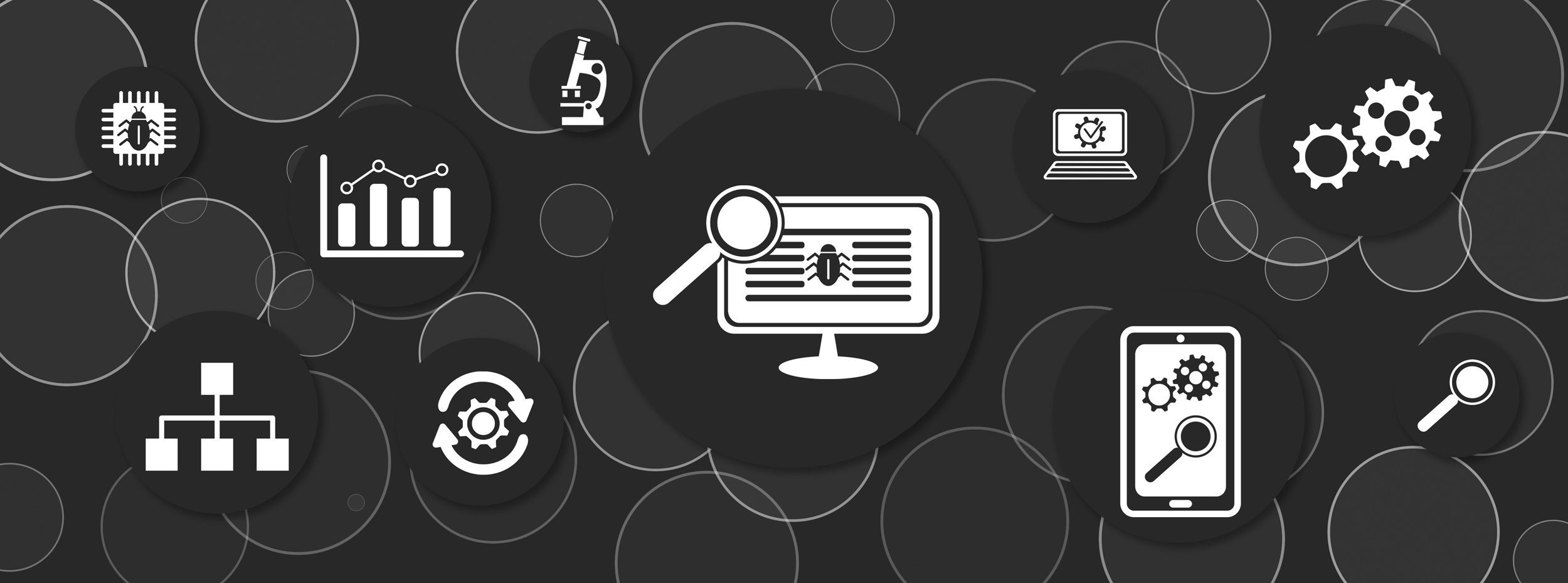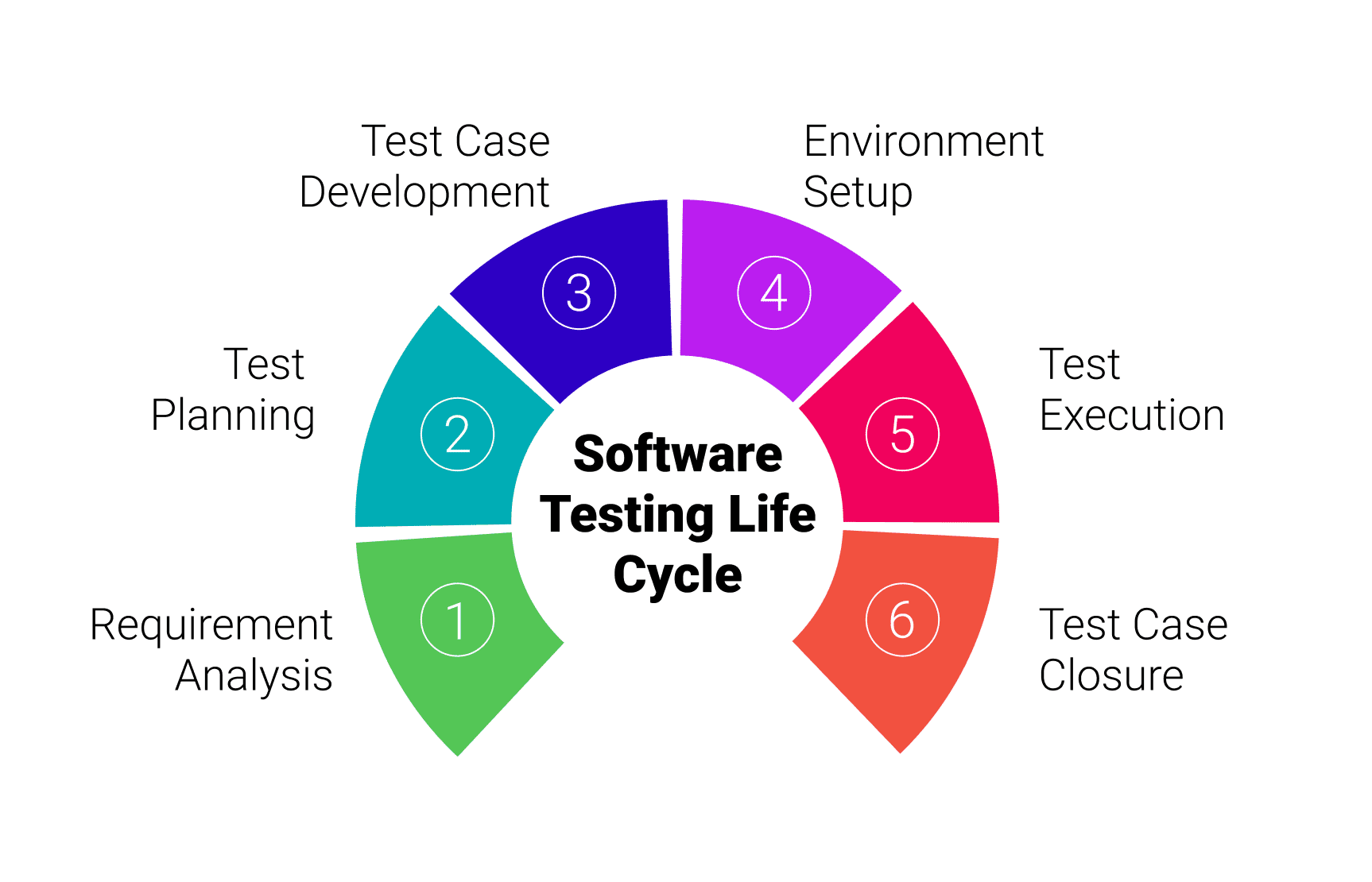How Can We Help?
What is Software Testing and How to Get Started
You wouldn’t release a new car on the market before testing its engine, brakes and steering wheel—would you?
The same applies in the digital world. Whether you’re launching a new application, a software system or a website, you need to test (and verify) if it works and fulfils its intended purpose.
Getting it wrong can cost you your customers, impact your reputation, and even have global consequences. For example, recent high profile software failures in international airports, banks and the NHS have cost companies millions and affected customers worldwide.
Such as when Bloomberg, the financial software provider, suffered a software failure in April 2015 that caused a server crash in London, affecting over 300,000 traders. Even the government’s Debt Management Office—a Bloomberg customer—was forced to postpone selling £3 billion of debt. Not a good day in the office.
So, the process of testing for flaws and errors is a vital stage in your product design and delivery cycle. Not only will this save you time and money further down the road, but by preventing bugs and improving performance, you ensure your product delivers a stellar user experience.

What exactly is software testing, and why do you need to do it?
Is there anything more frustrating than purchasing a product that doesn’t deliver on its promise?
We’ve all been there.
Whether it’s a new app that keeps glitching, so you can’t sign in to use it. Or, you’ve bought some fancy new software only to discover it’s slowed your computer to a snail’s pace.
And you think to yourself, did anyone bother checking this product before it was released? Let’s face it, after just one bad experience—you’re never going to buy from the same company again.
That’s why it’s crucial businesses and teams invest time and energy into undertaking robust testing of their products before they hit the market or are shared with users.
The same applies to internal software systems that employees use. If these aren’t up-to-scratch, they can impact the employee experience negatively. But, with the current battle for talent, this poses a serious issue for managers. According to a global study by Microsoft in 2021, nearly two-thirds of employees said they wanted to leave their jobs in 2021. So, it’s no surprise organisations face increasingly fierce competition to attract and hang onto great talent. So, getting your internal systems in tip-top shape is a vital element of your talent management strategy.
Still not sure about the value of testing?
The Benefits of Software Testing
Let’s quickly look at the benefits of testing (both for your business and your employees).
- Boost customer confidence and build brand loyalty
- Ensure your software is working at peak performance
- Find errors and fix them
- Save time and money by getting it right at the start
- Mitigate risks for your business and reputation
- Invest and accelerate in your software development programme.
Who Should Do Software Testing
You might be thinking “I’m not techy—can I test?”
Yes, of course.
But, there’s a caveat. If you’re testing a product, you must understand its needs, requirements and purpose. Of course, the depth and complexity required during testing will vary depending on the nature of your product and what area it’s targeting.
For example, testing a mobile banking application is more time-consuming than testing an information website. Why? It involves money. Therefore, you need to test for accuracy and security. In comparison, you’ll focus on readability and accessibility for an information website.
Is software testing the same as Quality Assurance (QA)?
In short, no.
The terms Quality Assurance and software testing are often used interchangeably. But, they actually have some significant differences that are important to understand.
Quality Assurance (QA) is the process you apply to prevent possible bugs in software development. QA is involved in various stages of the Software Development Life Cycle (SDLC), from planning to maintenance.
In contrast, software testing concentrates on a developed product, software system, or website. It seeks to evaluate and verify its operability and detect bugs or errors.
And it’s not simply a question of choosing an approach to use. But instead, you should apply a combination of methodologies that are most relevant and useful in your situation.
How to Start a Software Testing Process
Testing at a basic level is a process of questioning and curiosity. Then, you continue to lean in and investigate until you’ve exhausted all possible avenues of testing. Rather than a straightforward hunt for defects or errors, software testing is a holistic review of the purpose and functionality of your product.
Through testing, you’re seeking to verify whether a computer programme, application or digital product meets all its designated requirements.
Key Stages of a Software Testing Life Cycle (STLC)

As mentioned earlier, software testing is not a single activity conducted in isolation. Instead, it’s a series of exercises you carry out to ascertain and certify the readiness of a product for use. The sequence in which these activities are performed is called the Software Testing Life Cycle (STLC).
These are:
Stage 1. Requirement Analysis
Requirement phase testing (also known as requirement analysis) is when the test team studies the requirements (from a testing point of view) to identify testable prerequisites. In addition, the QA team may interact with various stakeholders to understand their requirement needs.
Stage 2. Test Planning
Test planning in STLC is when the QA team determines the project’s test plan strategy, effort, and cost estimates.
Stage 3. Test Case Design & Development
The test case development phase involves creating, verifying, and rewriting (if needed) test cases & test scripts with test data.
Stage 4. Environment Setup
Setting the test environment is a vital part of STLC. But, first, the team decides the software and hardware conditions for the product or system to be tested.
Stage 5. Test Execution
Each test case is run, and the results are recorded as pass or fail. If any test case fails, it must be reported to the development team for fixing. Retesting then continues until a pass is achieved.
Stage 6. Test Case Closure
The test case closure phase signifies the completion of the test execution. This involves several activities like test completion reporting with the test data and results.
Get a Software Tester’s Mindset
One last thing, it’s important not to test for the sake of testing. Please don’t treat it as a tick box, as you risk having a surface-only assessment. Instead, put yourself in the shoes of the user. Be curious and take a deep dive into your product. Imagine the intended user’s expectations of the product, why they are using it, what are the pain points they’re seeking to remedy, how often will they use your product or system?
By taking the time to understand the purpose of your product and becoming its #1 user, you can start the journey of testing.
Online Tutorials & Training Courses
Free and paid learning sources are available online and through some training providers. However, not all learning providers have correct or the most up-to-date information. So, it’s important you always check reviews and ensure any course you sign-up for has international or nationally approved materials and training providers.
Here’s a list of recommended paid & free learning sources :
Paid Resources
Find details about their Foundation course here.
ISTQB courses are available worldwide. You can also access a range of materials (PDF sources including Q&A), or if you’d prefer direct training, contact the Member Board of ISTQB in your country of residence here.
The Fundamentals of Software Testing: Concepts And Process lesson provides a valuable introduction to learning the fundamental concepts and terminologies in software testing as required by the ISTQB. It’s available here.
Udemy offers a range of courses for all levels of learners. The following course, Software Testing – QA Testing, Manual Testing, SDLC, Test Plan, is an excellent introduction to the basic concepts of software testing. The course is aimed at individuals interested in entering software testing and beginners in the quality assurance field.
Free Resources
EDUCBA is a leading global provider of skill-based education. They offer a step-by-step, online learning model with a range of free articles and resources. However, not all training courses are free.
Here you’ll find a range of courses and learning resources—useful if you want to keep up-to-date with the latest techniques & tips. There is also a paid-for pro-membership option.
This course offers a range of helpful learning resources (Slides and Video files) about Black Box Testing in which you can test a product/system without knowing much about it. By doing so, there’s more chance to explore some bugs which are not expected but the user may still face.
The downloadable PDF about the ‘Exploratory Testing’ is excellent for anyone who wants to test a website or a product from an end user’s perspective.
